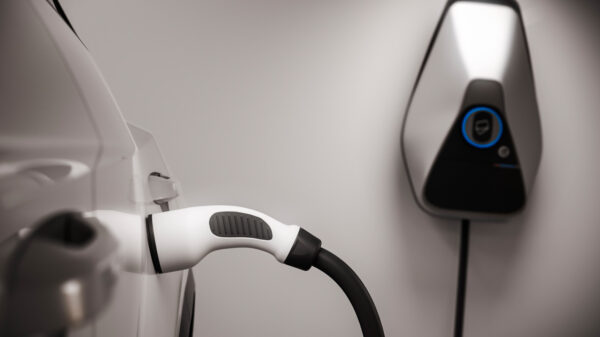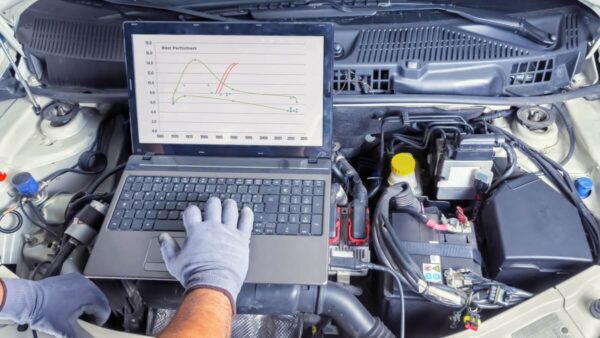Forklifts are prone to breakdowns and performance lacking if certain features are not adequately maintained. Therefore, complete replacement is highly recommended. Here are some of the most commonly broken parts and why they need to be replaced. Also, learn more about how to maintain your Nissan forklift parts and what you can do to keep it functioning correctly.
Tires
Forklift maintenance is essential; most types have built-in indicators indicating how long they should last. To prolong tire life, replace them at regular intervals. Tire wear can be the result of uneven application or job site conditions.
Forklift tires typically have a wear indicator line that indicates when they need to be replaced. For example, if you notice chunks of rubber falling off a tire, you should replace them before they worsen. The bottom line is that you should not operate the forklift with a worn tire, increasing stress on other components and lowering fuel economy. Additionally, it must be replaced if the tire is bald or completely flat.
Brakes
If your forklift is used often, it is crucial to regularly inspect the brakes to ensure they are in good condition. Brakes can prevent hundreds of thousands of pounds of material from tipping over. If you notice the brake pedal going to the floor, it is time for a replacement. If it suddenly stops while driving, it could also indicate that the brakes are on their last legs.
In addition to ensuring that your forklift has good brakes, you also need to inspect for signs that they need replacement. A brake malfunction could damage your facility and cause injury or death to your employees. Generally, forklift brakes need to be checked daily, or “pre-shift” inspection. Look for warning signs of brake failure, such as a squeaky or spongy pedal. Also, ensure that the parking brake doesn’t allow the forklift to move when stopped.
Hydraulic hoses
There are several ways to ensure that the hydraulic hoses on your forklift are in good shape. The first step is to keep a log of the replacements made, which will help spot more significant issues in the workplace. Most hydraulic hose failures are caused by external physical damage, such as rubbing, kinking, pulling, or crushing. In addition, if you regularly use the equipment in an area where the hoses rub against each other, you’ll need to replace them more frequently.
The next step is to locate the leak. First, ensure you don’t have any oil leaking from the hose. To do this, disassemble the hydraulic hose and check the hose connection. Also, check the seal to see if it’s damaged. If it is, discard it immediately. Likewise, you should check the hose’s mating surface area for cracks, tears, or abrasions.
Chains
If the chain on a forklift is too worn or damaged, it may be time to replace it. Chains should be replaced when elongation is more than 3 percent, which means that a chain has lost 15 percent of its strength. The chain can break from dropping a load or operating the lift truck on an uneven surface. The chains on a forklift should be replaced if they have become rusted.
Forklift operators must check the chain and the forks regularly. Checking the divisions for wear and tear may reveal damage or warping. If the chain wears out, it will need to be replaced more often. Also, operators should check the air filters daily to ensure they are in good condition.
Oil filters
Forklifts require frequent replacement of engine oil filters. While some manufacturers recommend changing the filters every 500 hours, it depends on the machine. However, most manufacturers recommend changing the engine oil filter at least once every 12 months, sometimes more. Therefore, if you notice a significant increase in oil consumption, you should consider changing the filter sooner rather than later. You can also write down the hour meter reading when you change the filter and replace it at least once a year.
To change the oil filter on a forklift, first, remove the plug and remove the filter. After removing the plug, you should drain the oil completely. You should also check for any cracks on the sealing washer. Copper washers typically do not crack easily, but they require regular cleaning. Next, remove the oil filter. It should be removed by unscrewing the wrench and gasket.



